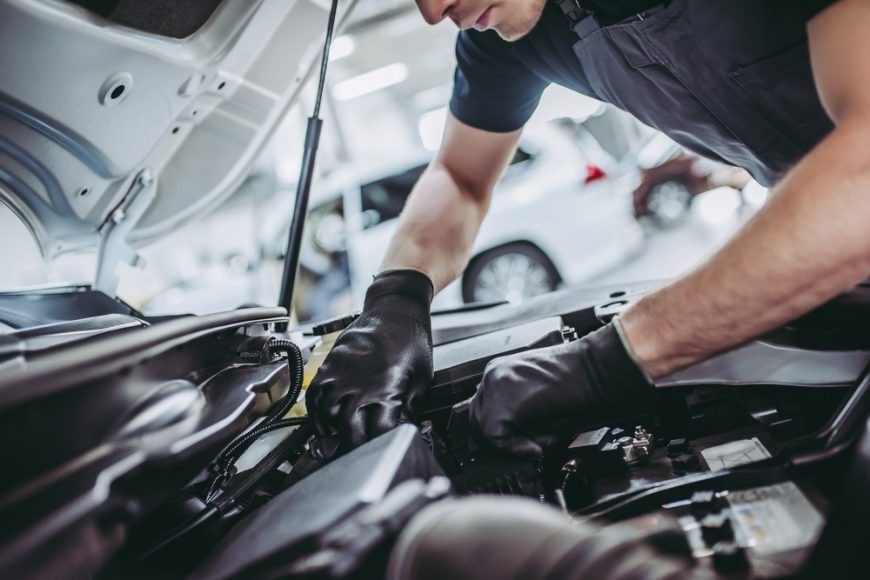Diesel engines are known for their power and efficiency, but they also produce significant emissions. To combat this, manufacturers equip them with components like Exhaust Gas Recirculation (EGR) systems and Diesel Particulate Filters (DPFs). While crucial for reducing pollution, these systems can sometimes impact performance and fuel economy. This leads some diesel owners to consider Egr/dpf deletes. This article will delve into what EGR/DPF deletes entail and discuss the important considerations before making this modification.
 Diesel Deletes: The Difference Between DPF, DEF, and EGR Delete Kits
Diesel Deletes: The Difference Between DPF, DEF, and EGR Delete Kits
What are EGR and DPF Systems?
EGR systems work by recirculating a portion of the exhaust gases back into the engine’s intake. This lowers combustion temperatures, reducing nitrogen oxide (NOx) emissions. DPFs trap soot particles from the exhaust stream, preventing them from being released into the atmosphere. The collected soot is periodically burned off in a process called regeneration.
Why Consider EGR/DPF Deletes?
Over time, EGR and DPF systems can become clogged with soot and require expensive cleaning or replacement. This can lead to reduced engine performance, decreased fuel economy, and potential engine damage. DPF regeneration cycles can also consume extra fuel and interrupt normal driving. Some diesel owners choose EGR/DPF deletes to avoid these potential issues and potentially increase horsepower and torque.
DPF Delete: Improved Fuel Economy and Performance
A DPF delete involves removing the DPF and reprogramming the engine control unit (ECU) to prevent regeneration cycles and related warning lights. This can improve fuel economy and potentially boost performance, as the engine no longer has to work against the backpressure created by the DPF.
EGR Delete: Preventing Soot Buildup and Potential Engine Issues
An EGR delete removes the EGR system, preventing exhaust gases from re-entering the engine. This can reduce soot buildup in the intake manifold and on engine components, potentially prolonging engine life and improving reliability.
Important Considerations Before Deleting EGR/DPF
While EGR/DPF deletes offer potential benefits, there are crucial factors to weigh before making the decision:
Legality: Understanding Federal and State Regulations
Deleting emissions control systems is illegal in many jurisdictions. Tampering with or removing these components can result in significant fines. Always research and understand the local laws and regulations concerning EGR/DPF deletes before proceeding.
Warranty Implications: Voiding Your Manufacturer’s Warranty
Modifying your vehicle’s emissions system can void your manufacturer’s warranty. This means you will be responsible for any repair costs related to the deleted components or any subsequent engine damage.
Environmental Impact: Increased Emissions and Pollution
EGR and DPF systems play a critical role in reducing harmful diesel emissions. Removing them significantly increases the amount of pollutants released into the atmosphere, contributing to air pollution and environmental damage.
Is an EGR/DPF Delete Right for You?
The decision to delete your EGR/DPF system is a complex one with significant legal, financial, and environmental implications. Carefully weigh the potential benefits against the risks and ensure you fully understand the legal ramifications in your area. Consulting with a qualified diesel mechanic experienced in EGR/DPF deletes is highly recommended before making any modifications. They can provide expert advice tailored to your specific vehicle and driving needs.